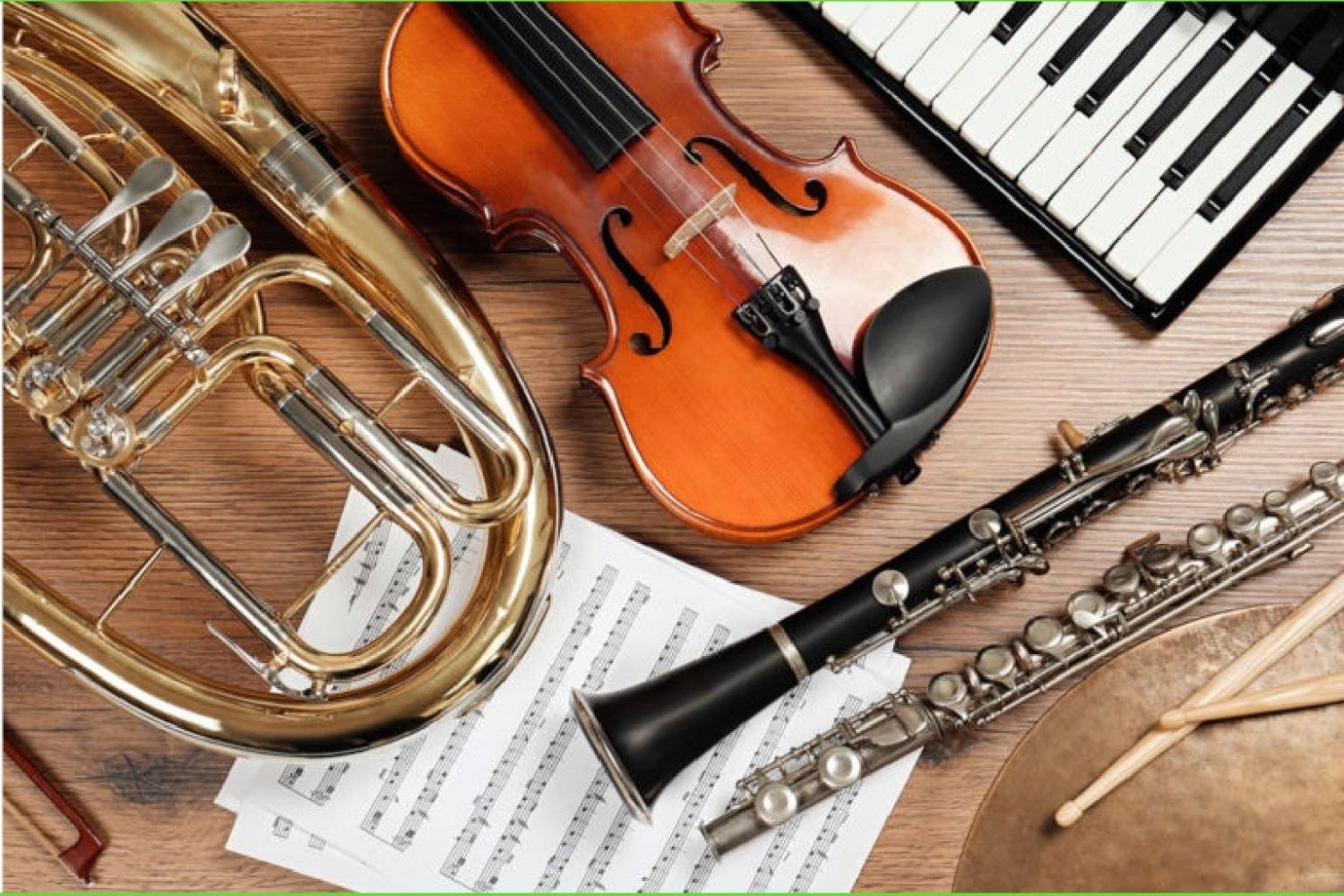
What is a didgeridoo? The didgeridoo is a wind instrument created by Indigenous Australians over 1,500 years ago. Traditionally made from eucalyptus trees hollowed out by termites, it produces a deep, resonant sound. This unique instrument is not just a musical tool but also a cultural symbol, often used in ceremonies and storytelling. Playing the didgeridoo involves a technique called circular breathing, allowing continuous sound production. Its rich history and distinctive sound have made it popular worldwide. Whether you're a music enthusiast or curious about different cultures, the didgeridoo offers a fascinating glimpse into Australia's heritage.
Key Takeaways:
- The didgeridoo, a traditional Indigenous Australian instrument, has a rich history dating back over 1,500 years. It's used for storytelling, ceremonies, and even modern music, connecting ancient traditions with contemporary creativity.
- Playing the didgeridoo requires unique techniques like circular breathing, creating a wide range of sounds from deep drones to high-pitched overtones. It's not just an instrument; it's a bridge between ancient traditions and modern creativity.
What is a Didgeridoo?
The didgeridoo is a wind instrument created by Indigenous Australians. It's known for its deep, resonant sound and cultural significance. Let's dive into some fascinating facts about this unique instrument.
-
The didgeridoo is one of the oldest musical instruments in the world, dating back over 1,500 years.
-
Traditionally, didgeridoos are made from eucalyptus trees hollowed out by termites.
-
The instrument is typically around 4 to 5 feet long, but can vary in length.
-
Didgeridoos are often decorated with intricate Indigenous Australian artwork.
-
The sound of a didgeridoo is produced by vibrating lips while blowing into the instrument.
Cultural Significance of the Didgeridoo
The didgeridoo holds a special place in Indigenous Australian culture. It’s not just an instrument but a tool for storytelling, ceremonies, and rituals.
-
In some Aboriginal cultures, only men are allowed to play the didgeridoo during ceremonies.
-
The instrument is used in traditional ceremonies to accompany singing and dancing.
-
Didgeridoo music often mimics natural sounds like animal calls and environmental noises.
-
It is believed that the didgeridoo can connect players to the spiritual world.
-
Some Indigenous Australians use the didgeridoo for healing and meditation practices.
How to Play the Didgeridoo
Playing the didgeridoo requires a unique technique called circular breathing. This allows the player to produce a continuous sound without pausing for breath.
-
Circular breathing involves inhaling through the nose while simultaneously pushing air out of the mouth using the cheeks.
-
Mastering circular breathing can take months of practice.
-
The didgeridoo can produce a wide range of sounds, from deep drones to high-pitched overtones.
-
Players often use their voice to create rhythmic patterns and animal sounds.
-
The instrument can be played solo or as part of an ensemble.
Modern Uses of the Didgeridoo
While rooted in tradition, the didgeridoo has found its way into modern music and popular culture.
-
The didgeridoo is used in various music genres, including rock, jazz, and electronic music.
-
Famous musicians like Xavier Rudd and Jamiroquai have incorporated the didgeridoo into their music.
-
The instrument has appeared in movie soundtracks, adding an exotic and earthy sound.
-
Didgeridoo festivals and competitions are held worldwide, celebrating the instrument and its players.
-
Some people use the didgeridoo for respiratory therapy, as it can help improve lung capacity and breathing techniques.
Fun Facts about the Didgeridoo
Here are some quirky and lesser-known facts about the didgeridoo that might surprise you.
-
The word "didgeridoo" is believed to be an onomatopoeic term, mimicking the sound the instrument makes.
-
In some regions, the didgeridoo is also known as a "yidaki" or "mago."
-
The longest didgeridoo ever made was over 10 feet long.
-
Some didgeridoos are made from non-traditional materials like PVC pipes and bamboo.
-
The Guinness World Record for the longest continuous didgeridoo performance is over 65 hours.
-
Didgeridoo players often develop strong facial muscles due to the unique playing technique.
The didgeridoo is more than just an instrument; it's a bridge between ancient traditions and modern creativity. Whether used in ceremonies or contemporary music, its deep, resonant sound continues to captivate audiences worldwide.
The Final Note on Didgeridoos
Didgeridoos aren't just musical instruments; they're a piece of Australian culture. From their ancient origins to their unique sound, these instruments have fascinated people worldwide. Whether you're a music lover or a history buff, there's something captivating about the didgeridoo's deep, resonant tones.
Learning to play one might seem challenging, but it's a rewarding experience that connects you to a rich tradition. Plus, it's a great way to improve your breathing and lung capacity. So, if you ever get the chance to try one, don't hesitate.
Remember, didgeridoos come in various shapes and sizes, each offering a different sound. So, explore and find the one that resonates with you. Happy playing!
Frequently Asked Questions
Was this page helpful?
Our commitment to delivering trustworthy and engaging content is at the heart of what we do. Each fact on our site is contributed by real users like you, bringing a wealth of diverse insights and information. To ensure the highest standards of accuracy and reliability, our dedicated editors meticulously review each submission. This process guarantees that the facts we share are not only fascinating but also credible. Trust in our commitment to quality and authenticity as you explore and learn with us.
